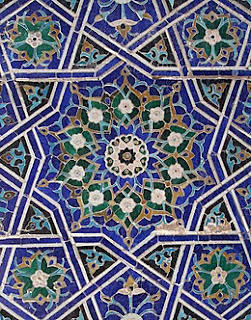Search This Blog
Most Popular
What is a Transfer Beam?
Categories
- Building Construction (83)
- Building Materials (82)
- Columns (2)
- Concrete Beam (3)
- Concrete Construction Techniques (4)
- Concrete Mix Design (10)
- Concrete Repair (14)
- Concrete Slab (10)
- Construction Equipment (16)
- Construction News (7)
- Design of Structures (15)
- Engineering Drawing (1)
- Estimation (3)
- Geotechnical engineering (26)
- Highway Engineering (11)
- Innovations (30)
- Material Testing (9)
- Matrix Analysis of Structures (2)
- Mechanical Engineering (3)
- Strength of Materials (2)
- Structural Analysis (17)
- Structural Design (21)
- Structures (17)
- Transportation Engineering (9)
The Enduring Beauty of Strapwork in Architecture
Strapworks in architecture and construction are stylized representations or decorative elements that are applied to the surface of a building or structure. These works are created on ceilings, columns, walls, etc to form intricate designs using materials like metal, stucco, stones, plaster, or wood.
Strapwork in architecture loosely imitates leather straps that are cut into elaborate shapes or interwoven to form a geometric pattern. They take many forms, including flat or twisted metal strips, carved wooden panels, or stone carvings. These elements are often used to create patterns or designs that are repeated throughout a building, adding visual interest and complexity to the structure.Strapwork has been used in construction for centuries and can be found in many different architectural styles, including Gothic, Renaissance, and Baroque. Today, strapwork is often used in high-end or custom construction projects to add a unique, decorative touch to the building's exterior or interior design.
 |
| Girih pattern with inlaid floral decoration from Shah-i-Zinda in Samarkand, Uzbekistan |
Strapwork in architectural concept is defined by the Penguin Dictionary of Architecture (1980) as, " ‘Decoration originating in France (at the Royal Château de Fontainebleau) and the Netherlands c 1540, also common in Elizabethan England, consisting of interlaced bands and forms similar to fretwork or cut leather; generally used in ceilings, screens, and funerary monuments.’
Another version of strapwork is scrollwork, which is less geometric, more organic, and has more three dimensions with more curling effects on the ends of the straps.
 |
| Strapwork Method Showing Construction from Circles to Lines to Stars to Overlapping Lattices, Geometer's Sketchpad |

0 Comments
Commenting Spam Links Are Against Policies